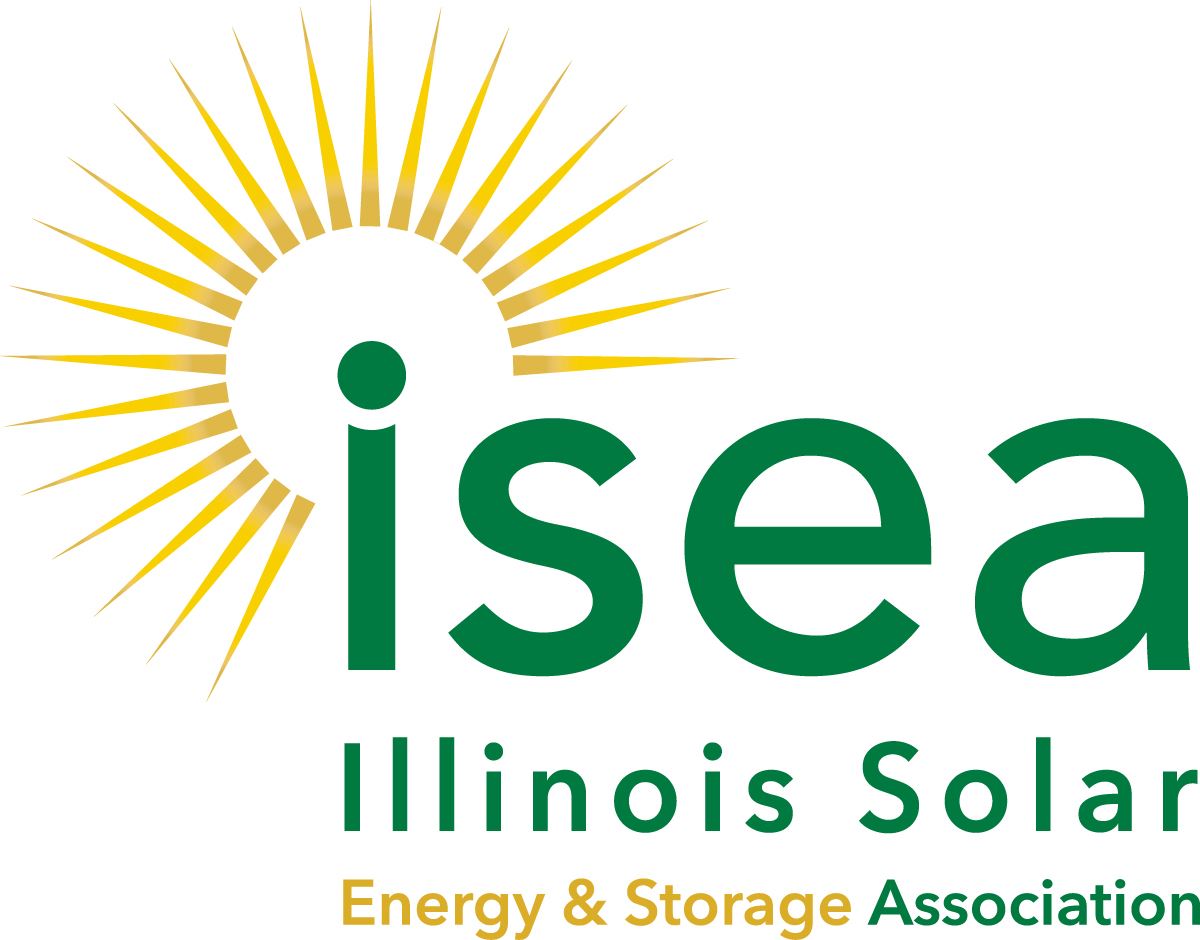While we emphasize Illinois’s leadership in the renewable energy field, how do we actually know if Illinois is more progressive than other states? The American Council on Renewable Energy’s (ACORE) report, “Renewable Energy in America: Markets, Economic Development and Policy in the 50 States” provides us with this information. ACORE recently released their updated report on renewable energy, which compiles state-by-state financial, market, resource potential, and policy information. While ACORE does not make many comparisons between states, they provide the basic facts from which you can draw conclusions.
Illinois is described as, “one of the top electricity-generating states in the nation and a leading net exporter of electricity to other states. It is also home to some of the most extensive wind and biomass resources in the nation. The state has attracted large amounts of investment capital due in large part to an aggressive renewable portfolio standard (RPS) and progressive state and local incentives.”
Illinois’s extensive wind and biomass resources are further emphasized in the report:
• Illinois ranked second in the nation in overall biomass resources in 2007, with 28,284,000 tons available per year.
• The American Wind Energy Association ranks the state 16th in the nation for potential wind capacity
• The wind energy supply chain in Illinois comprises of over 100 companies. Chicago is home to at least 13 global or U.S. headquarters of major wind power companies.
(See more here)
ACORE points out that Illinois received large amounts of investment capital due to an aggressive RPS, as well as state and local initiatives. One of these investments came in the form of funding from the Recovery Act. In fact, the report states that Texas and Illinois received the most funding from Recovery Act competitive grant and tax credit programs (1603 and 48C) to fund renewable energy projects and manufacturing facilities (read more).
We need to maximize the grants and capital invested in Illinois renewable energy and also show that Illinois is a promising investment for the future. We can do this through adhering to our RPS, which requires that suppliers produce 25% of their energy from qualifying renewable energy sources by 2025. As this policy is seen as “aggressive”, Illinois will receive more national attention and investments if we stay on the track to meeting this goal. This means creating an Alternative Compliance Price or other penalty for non-compliance with the RPS, and extending the now expired In State Preference for renewables used to meet the RPS. This guarantees that investments in Illinois renewable energy will stay in Illinois and policies will be followed as we develop new technology and create new jobs in the renewable energy field. With these recommendations, we can continue to lead the Midwest in the transition to renewable energy. Check out ISEA’s other 2011 policy goals to see what else we can do to remain renewable energy leaders.
ACORE’s report also looks at Net Metering, Loan Program, Bond Program and Tax Incentives throughout Illinois, and each state in the U.S. Take a look at the report to see how other states stack up in renewable energy policy and development.
Stay up to date on ISEA news by following us on Twitter and liking us on Facebook.
